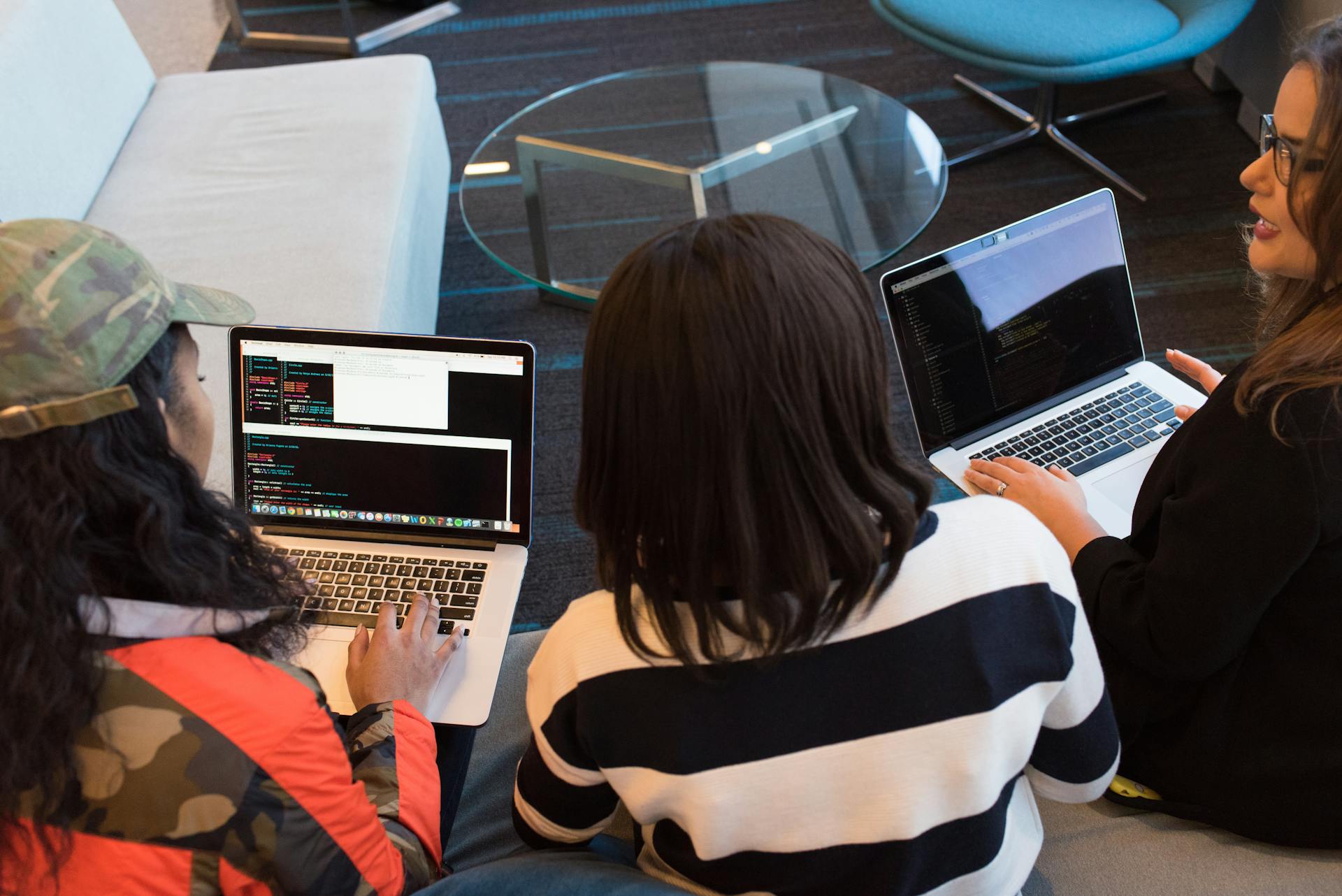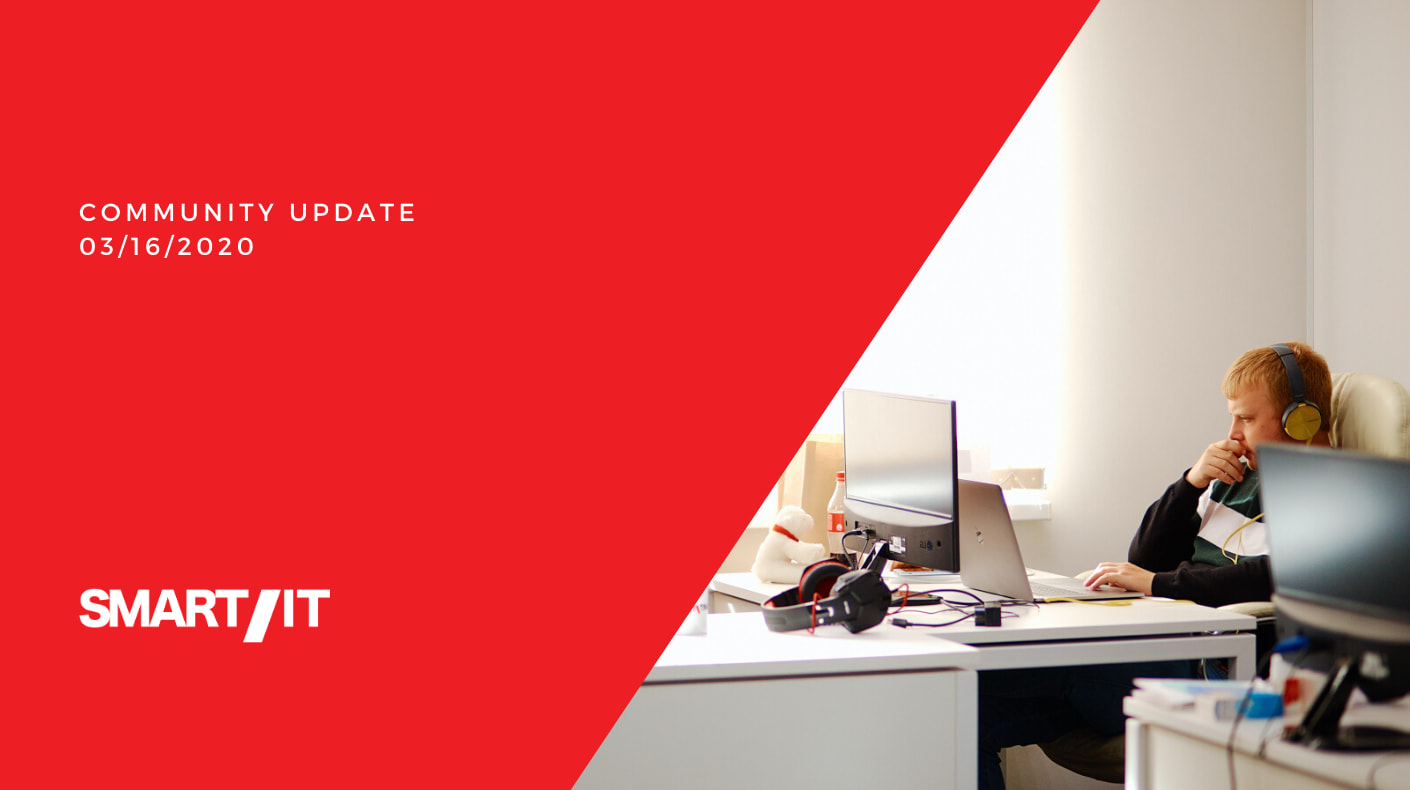At Smart IT, we make sure to keep an eye on global tech trends – and we’re building them into our own workflows too. In September-October 2025, Smart IT hosted its first-ever internal hackathon, challenging teams across the company to explore how artificial intelligence can enhance traditional processes and help meet the evolving challenges of modern workplaces.
Over the course of the competition, three teams designed practical AI-driven solutions aimed at improving efficiency in a variety of work areas, including recruiting and lead generation. With participants working both remotely and onsite, the hackathon became a showcase of our technical depth and innovative thinking. Each project tackled real pain points Smart IT faces both internally and in client projects. We’re committed to using innovation to both create top-class solutions for our clients and for our own work, and the hackathon proves it – keep reading to see how it went.
How It Started
The idea for the Smart IT Hackathon had been brewing for a while. AI has become a household concept in 2025, and it continues to reshape the tech landscape. We wanted to take a closer look at how it could improve our own workflows and bring measurable value to our teams and clients alike. Before the official kickoff, teams across departments spent time identifying areas where AI could make a real difference in day-to-day work. There were brainstorming sessions with managers, recruiters, marketers, and even C-level leaders, all sharing ideas on how to bring more intelligence and automation into our workflows.
From that longlist of ideas, nine potential projects emerged. After several discussions and refinements, we selected three concepts – the ones that felt both ambitious and achievable within a short timeframe. Two additional ideas proposed by team members didn’t make it to the starting line this time but helped set the stage for future experiments.
Only after the teams were formed did we reveal that there would be a prize for the best project – this helped us keep the focus squarely on creativity and collaboration rather than competition. By the time the hackathon officially began, participants were already deeply immersed in their chosen challenges, ready to turn weeks of planning into working AI prototypes. With participants working from various locations, some teams gathered onsite while others connected remotely. Once again, we found proof that distance doesn’t stop creativity when there’s a shared sense of purpose.
Three Teams, Three Solutions
The hackathon brought together three teams, each tackling a real challenge that Smart IT teams face in day-to-day work. Problem owners came from our Recruitment and Sales & Marketing teams – in the end, they received three distinct AI-driven software solutions aimed at reducing manual effort and making our internal processes even smarter.
How to Find the Right Candidates Faster and Without Headaches
Anyone who’s ever been involved in recruitment knows how time-consuming candidate sourcing can be. The candidate pool is practically limitless, but the team resources aren’t. This is exactly the problem our Recruitment team came to the hackathon with.
The solution, SmartSourcer AI, set out to change that. The tool uses large language models to parse job descriptions. From there, it extracts must-have and nice-to-have skills, and then automatically generates advanced Google X-ray queries to find matching profiles. Then It performs real-time parsing of LinkedIn pages, detecting experience, skills, and even “Open to Work” indicators to store candidate snapshots in structured form for quick access later.
From there, SmartSourcer AI ranks candidates using AI-based scoring and drafts personalized outreach messages based on their profiles. Recruiters can instantly identify high-fit candidates and contact them with messages that feel relevant rather than robotic.
The team’s solution stood out for its end-to-end automation and direct business impact. It’s a clear example of how AI can take care of repetitive recruiting tasks while keeping the human touch where it counts.
Candidate Resumes that Work Smarter
The second team focused on another bottleneck in the recruitment process: messy and inconsistent CVs. This is especially relevant to Smart IT being a company with a focus on providing dedicated software development teams. The project, CV Booster AI, helps standardize and enhance resumes by automatically formatting, editing, and tailoring them to match specific vacancies or corporate templates.
Their dual-interface tool serves both job seekers and recruiters. On one side, applicants can upload a CV and get AI-powered optimization for structure, clarity, and ATS (Applicant Tracking System) compatibility. On the other, recruiters can apply company-specific templates to standardize resumes across their candidate pool.
The prototype already supports multilingual processing and automatic conversion into the PDF format, as well as template-based formatting that adapts content to a company’s tone and visual style. It uses multiple AI providers including OpenAI, Anthropic, and DeepSeek to detect language, translate and enhance content with near-perfect accuracy and context fit.
What makes CV Booster AI stand out is its scalability. We included batch processing and template marketplaces on the roadmap so that it could evolve into a full-fledged resume management platform for HR teams, job boards, or even universities offering career services. Our estimate is that it can reduce resume screening time by up to 60%.
Andrei Baranau, Senior Software Engineer
Sales Lead Validation Made Simple
On the marketing and sales side, Smart IT people teamed up to create LeadScout AI, a Telegram-based LLM bot that automatically engages with potential leads, asks qualifying questions, and validates them against the company’s ideal customer profile (ICP).
The bot uses large language models hosted both locally and in Azure to hold short, natural-sounding conversations designed to feel friendly and authentic. It adapts tone and phrasing dynamically, handling vague or evasive answers gracefully without losing context.
When a lead meets the ICP criteria, the bot automatically logs the result in Google Sheets and notifies the Sales team. If not, it still records the interaction for later analysis. The prototype is already capable of running structured outreach flows at scale – this is a valuable proof of concept for automating the first steps of the B2B sales funnel.
In testing, the bot successfully conducted validation dialogues and logged the outcomes automatically, demonstrating how conversational AI can reduce the workload of business development teams while collecting data to train even smarter outreach systems in the future.
And the Winner Is…
Each team presented their solution to a panel of mentors and judges made up of Smart IT’s leadership who evaluated the projects based on their technical execution and applicability to the real world.
While all three prototypes impressed the jury, SmartSourcer AI took the top spot. The project was a great showcase of how AI can be applied not just as an abstract concept, but as a practical tool that solves a very real challenge. Beyond its technical strengths, the winning team showed a deep understanding of how automation and a personalized approach can coexist.
Of course, the spirit of the hackathon wasn’t about competition alone. All three teams received prizes and recognition for their work, and all participants were praised for their creativity and drive.
What impressed me most wasn’t just the technical level of the projects, but how quickly people from different teams turned their ideas into something real. This hackathon showed how much potential we have inside the company when we give people the space to experiment.
Egor Bulyhin, CTO
What’s Next?
While the hackathon is over, the ideas it sparked are only starting their lifecycle. Smart IT’s leadership team is now evaluating all three prototypes to gauge their market potential and explore ways to evolve them into full-fledged products.
Beyond individual projects, the event proved something bigger: innovation doesn’t always have to start with a client request or a strategic initiative. Sometimes it starts with curiosity and a shared desire to make everyday work more efficient and enjoyable.
17 October 2025





